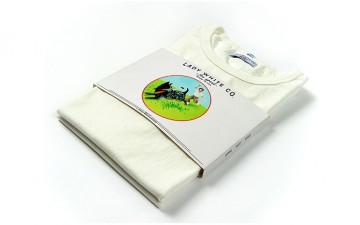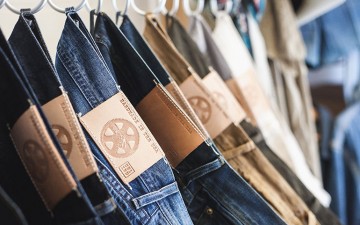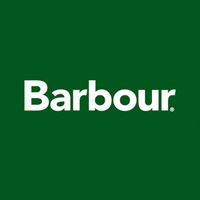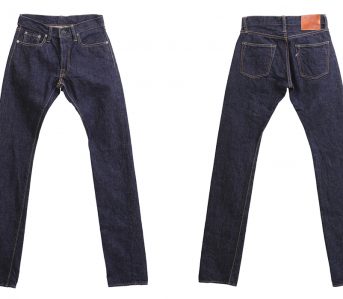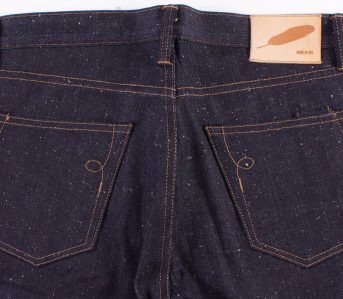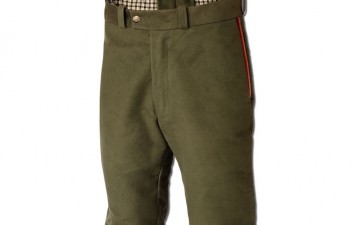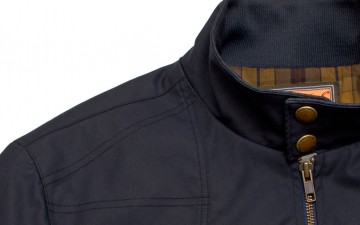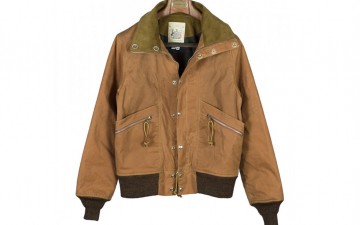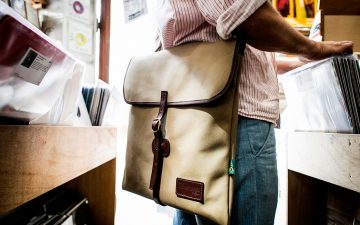If imitation is the sincerest form of flattery, then Barbour must be deeply loved. They’ve been making their waxed canvas jackets in the UK since their 1894 creation by John Barbour and those jackets have been worn over the years by fishermen, motorcyclists, and monarchs. And while many have attempted to replicate the success of the Barbour jackets, there are few clothing designs with as much history and as great and powerful a following.
Barbour’s Philosophy and History
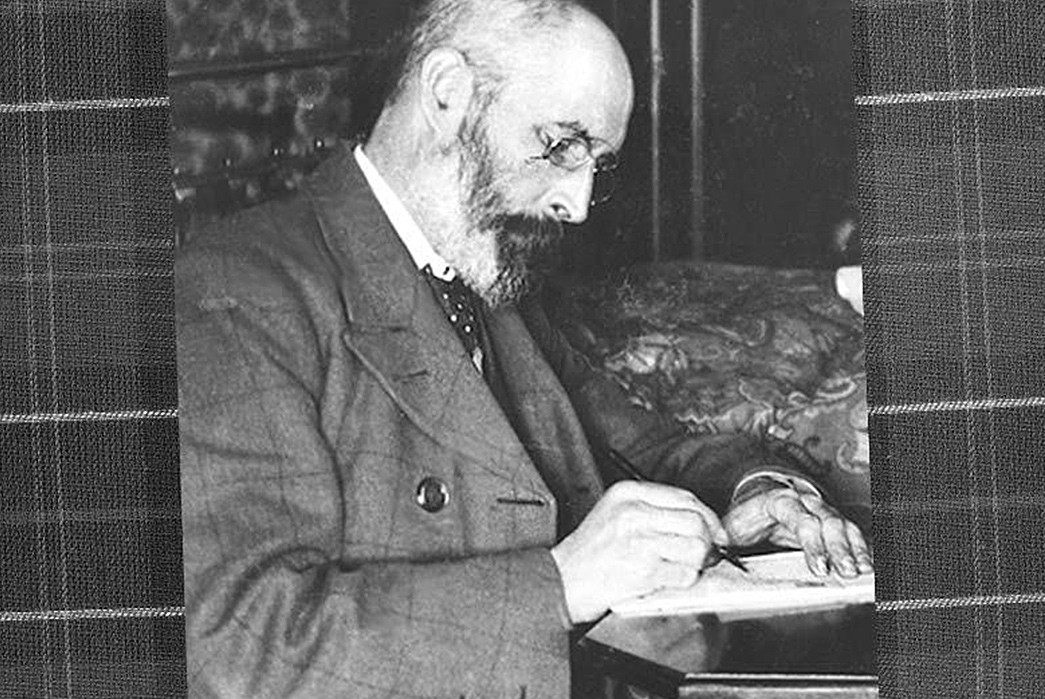
The Founder himself, John Barbour. Image via Barbour.
Like most workwear brands, Barbour had humble beginnings. In 1894, John Barbour founded J. Barbour & Sons and established his company as an importer of oilcloth. However, the company quickly distanced itself from the competition by perfecting a pre-existing process of waxing cotton with paraffin wax. Previous methods had used linseed oil, which was prone to crack at low temperatures and was generally less breathable and comfortable.
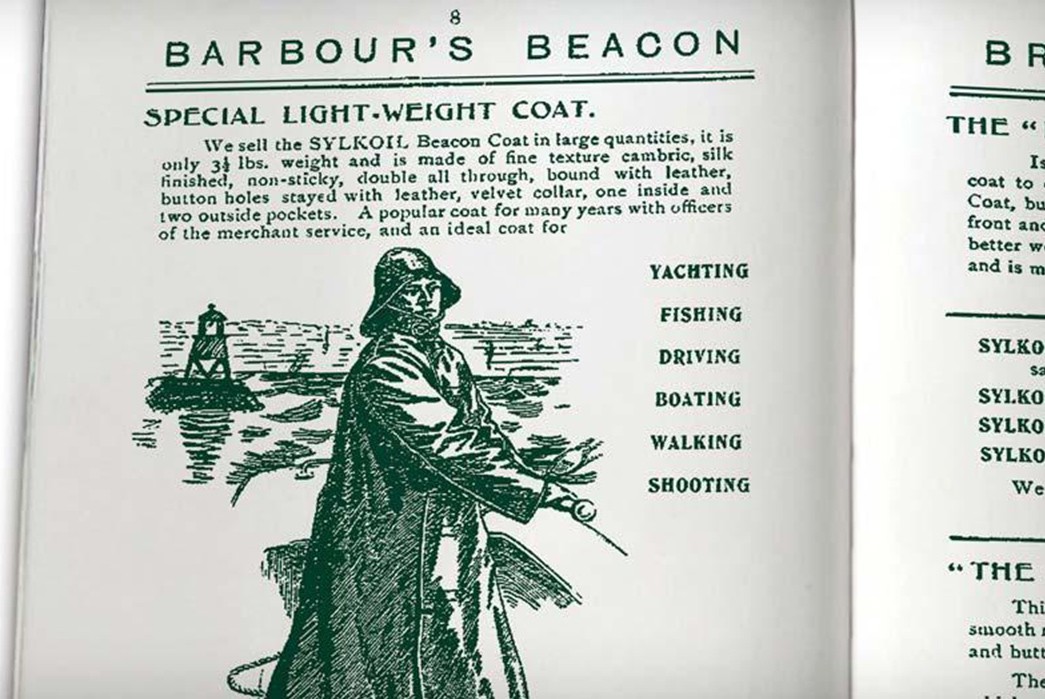
Barbour’s first mail order catalogue. Image via Barbour
While Barbour didn’t invent paraffin waxed cotton, they definitely popularized the process. Soon they were cutting their signature water-resistant and breathable fabrics into coats perfect for all kinds of seafaring and outdoor professions. They named their in-house outerwear brand “Barbour’s Beacon” and gained popularity with the 1908 release of their first mail-order catalogue. Barbour’s location in the coastal town of South Shields helped too. Foolish was the sailor who left port from South Shields without a thick, new coat from Barbour.
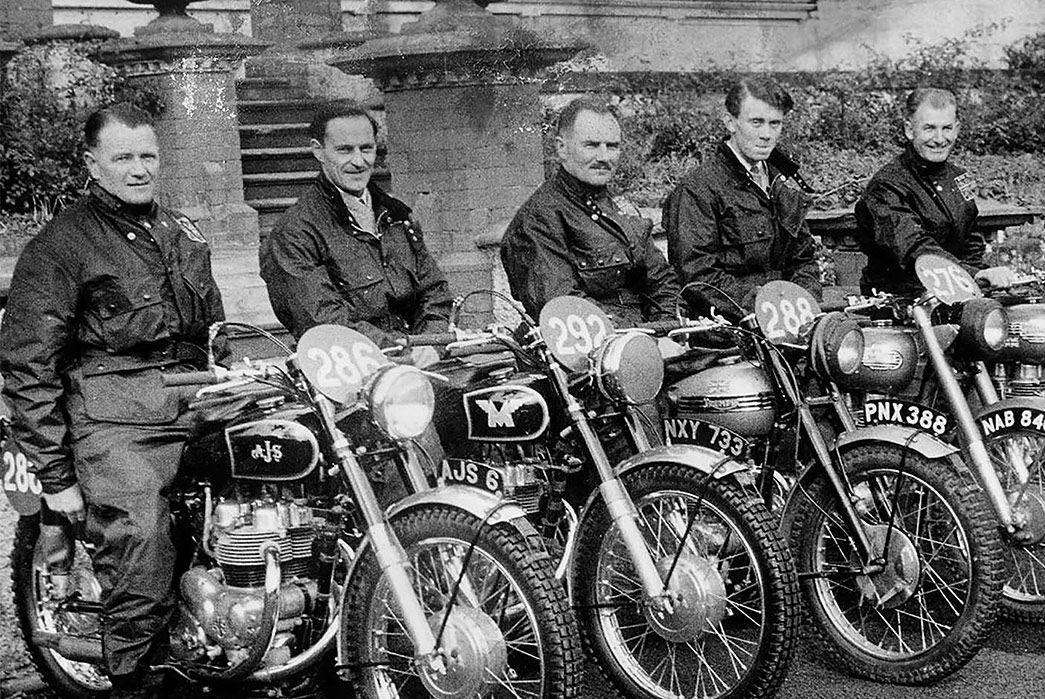
Some British motorcyclists and their trusty Barbours. Image via Barbour.
With sales steadily increasing as catalogues circulated, Barbour would have another marketing coup by establishing themselves as an essential jacket for motorcyclists. In England, motorcycle companies were popping up left and right. Triumph, Royal-Enfield, and Norton all sprang up within a few years of one another. Barbour acted quickly and forged the now-unbreakable connection between a motorcyclist and his Barbour jacket. They would continue to produce jackets for motorcyclists through the 1930s and all the way through to the present.
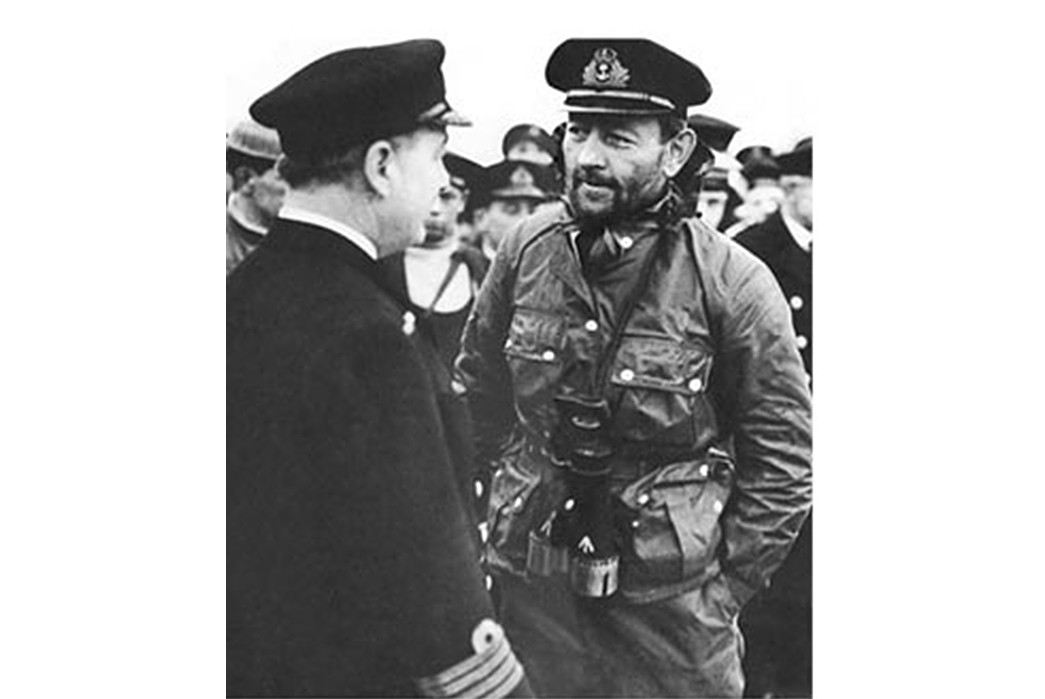
WWII submarine commander, Captain George Phillips, in the Ursula Jacket and Trousers by Barbour. Image via Orvis.
World War II would also increase the visibility of the Barbour brand. Their remarkably versatile and durable clothes were mobilized by the British army to keep their soldiers (but mostly sailors) dry and fighting as comfortably as possible. In fact, their Ursula foul-weather suit would become the uniform of British submariners.
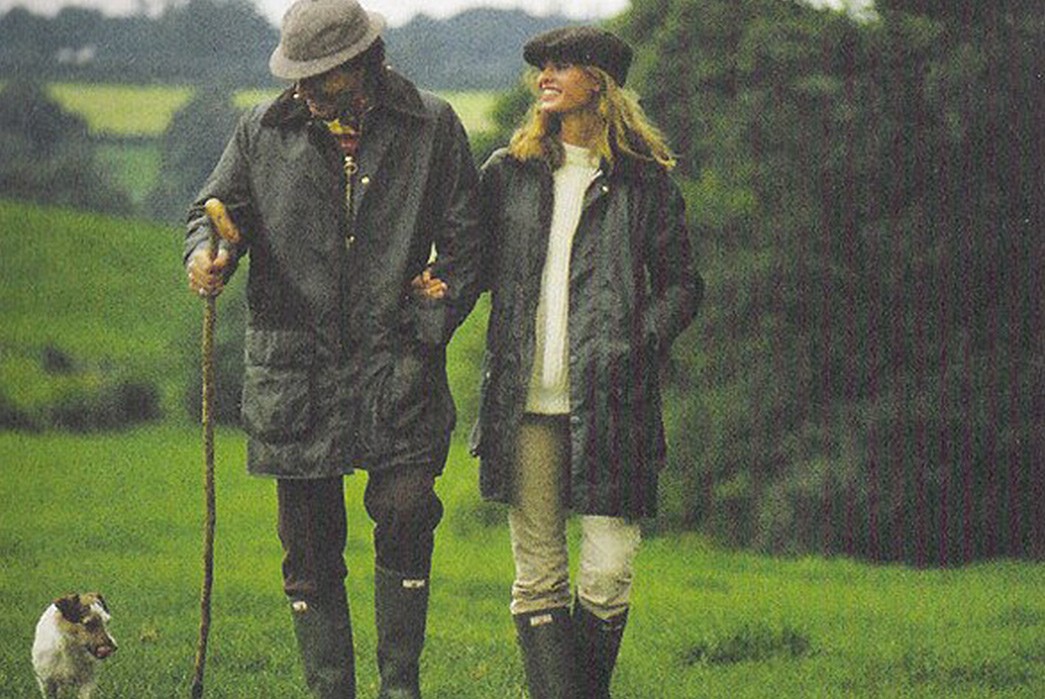
1980 Barbour catalogue. Image via Josh Sims.
Barbour Today
The Barbour we know today has changed greatly in some ways, but stayed very much the same in others. In his book Icons of Men’s Style, Josh Sims attributes a marked change in the brand’s sensibilities to a catalogue from 1980. No longer is the brand marketing to hard-working fisherman, but now to beautiful couples walking the ground of their estate with their Jack Russell. The shift to aristocratic country fashion in the 1980s coincided with the Queen and Prince of Wales giving Barbour their royal warrants.
But yet again, much has stayed the same at Barbour. The company is still a family brand. The Barbour family still holds sway over the brand and seeks to maintain much of what made them great: meticulous construction in the good old United Kingdom.
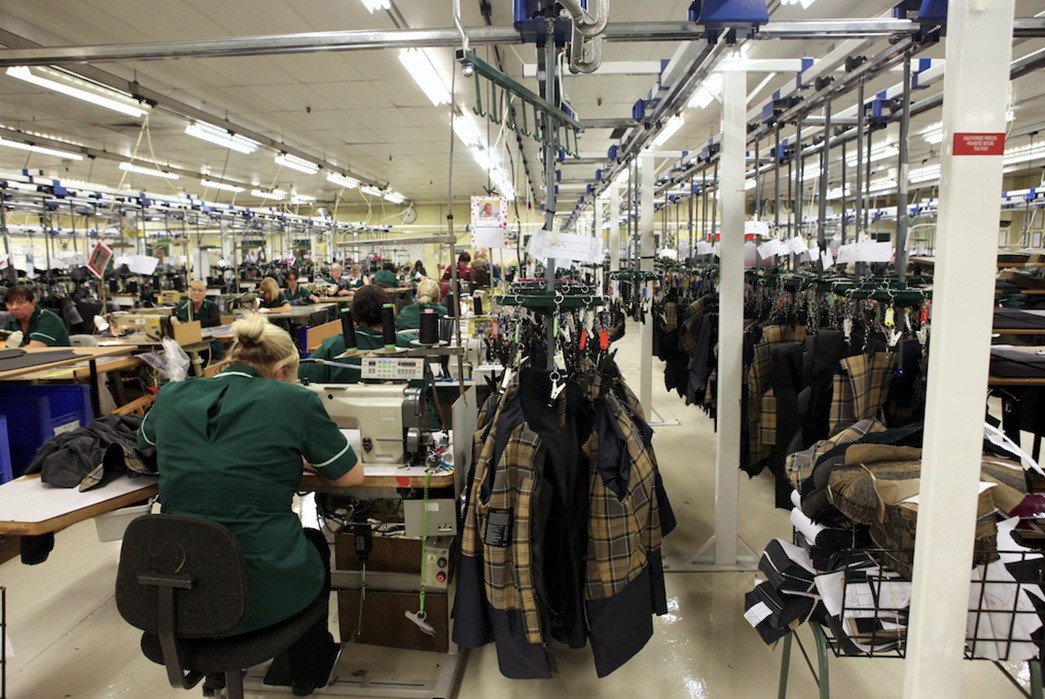
Barbour factory in South Shields. Image via A Continuous Lean.
But not all Barbours are created alike. Only the waxed jackets are still made in South Shields. Most of the other products are made in Portugal, Turkey, and Bulgaria. However, the company seems pretty transparent, even including an “Ethical Treatment of Workers” statement on their website.
Characteristics and Iconic Models
All of the best-loved Barbours are made from the famous waxed cotton that won them their incredible popularity over the years, and the waxed cotton comes in two varieties, Sylkoil and Thornproof. But both are fundamentally similar in that they preserve the fabric and protect the wearer from the elements.
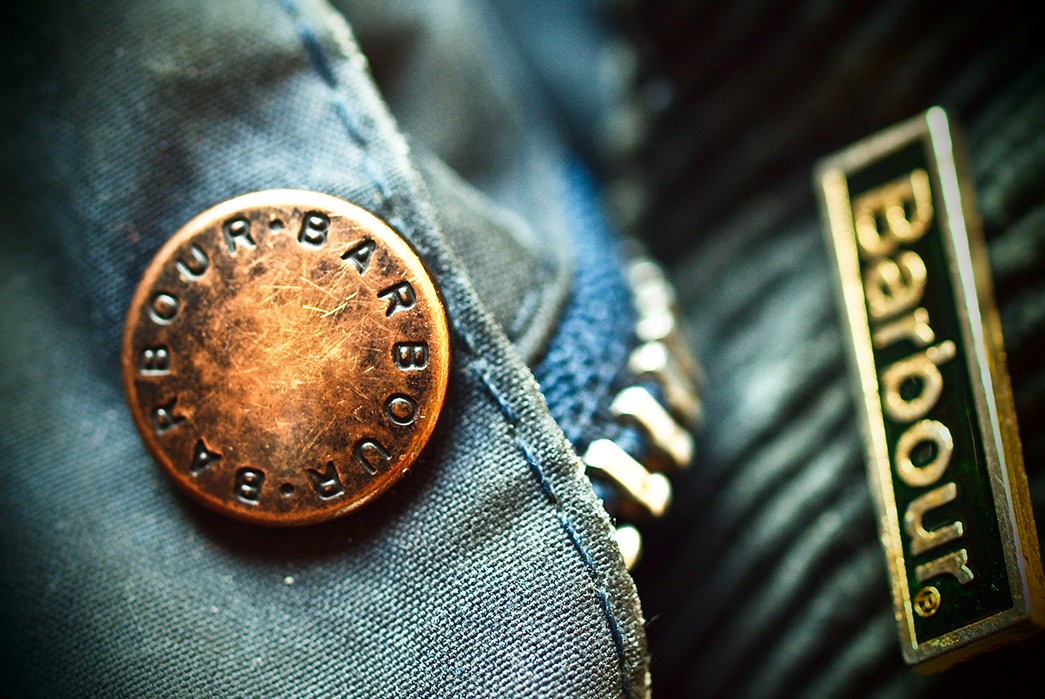
Barbour’s famous waxed cotton and hardware. Image via Barbour.
Bedale Jacket
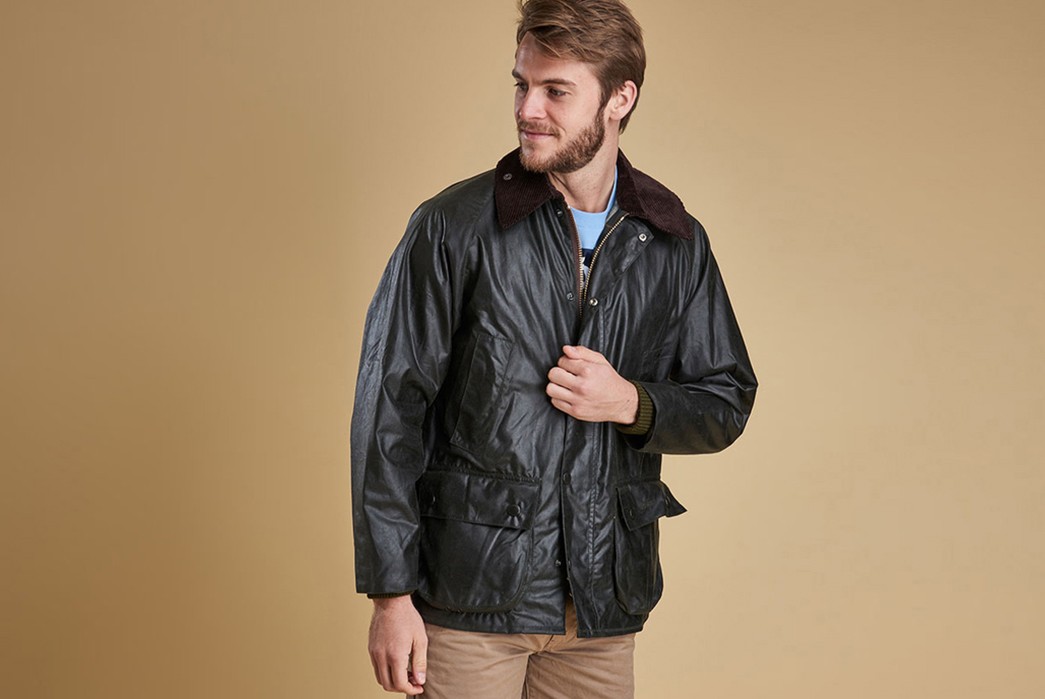
Image by Barbour
The Bedale jacket was designed by Dame Margaret Barbour and released in 1980. It was the first short, lightweight jacket and was initially meant for riding horses. It’s made from a 6oz. water-resistant waxed canvas and comes in a relaxed fit with rear vents. It features the classic and essential Barbour details: a corduroy collar, a two-way pull brass zip, and two large “bellows” pockets.
Available for $379 from Orvis.
Beaufort Jacket
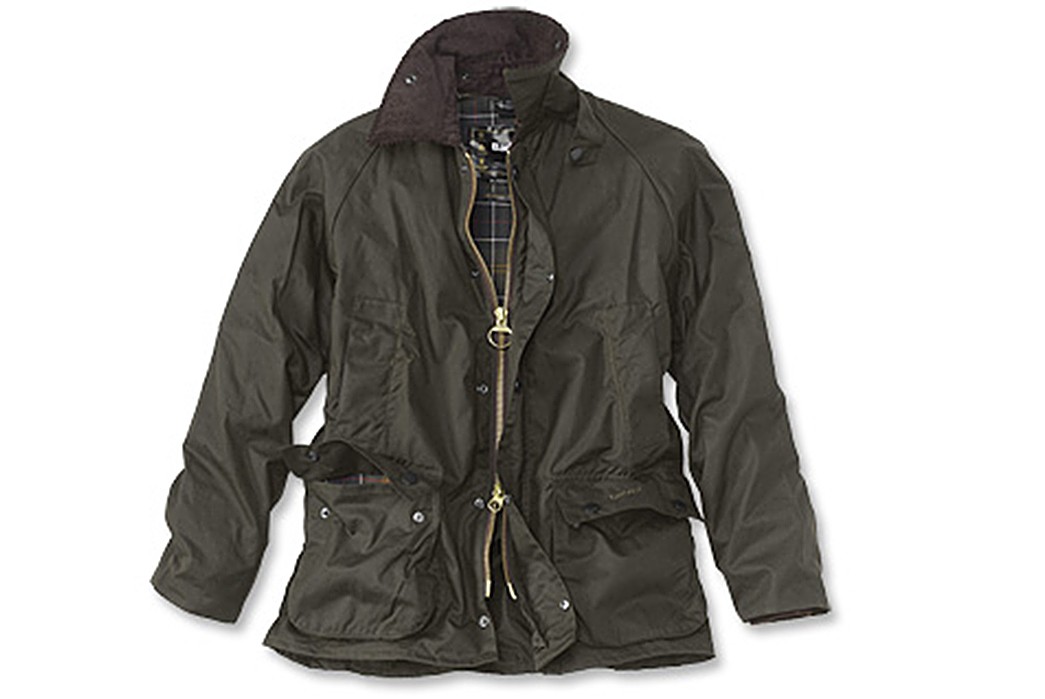
Image via Orvis.
The Beaufort is another jacket designed by Dame Margaret Barbour, this one inspired by French shooting jackets—hence the Frenchified name. This jacket differs from the Bedale in a few key ways: it features raglan sleeves for greater mobility while shooting, and a rear pocket in which you can store your freshly-killed game or spent cartridges.
Available for $399 from Orvis.
International Jacket
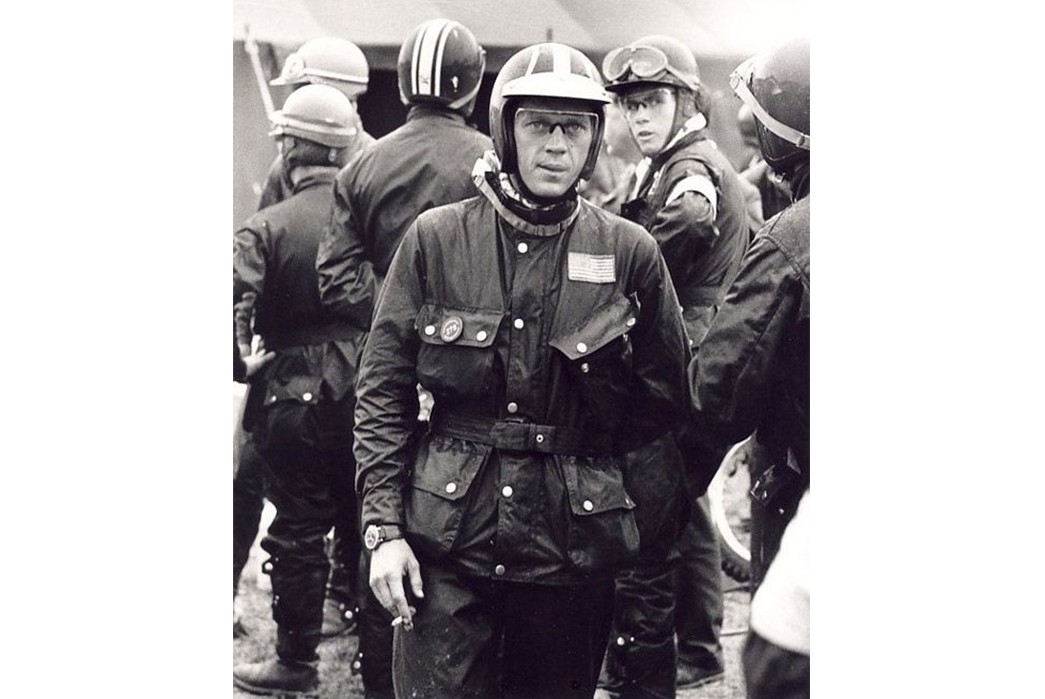
Image via Medical Independent.
Of the three featured jackets, this one is the oldest. The International was designed in 1936 explicitly with the needs of motorcyclists in mind. The jacket reached a newfound level of popularity in the 1960s with Steve McQueen’s unspoken endorsement thereof. The jacket has water-resistant properties, a corduroy collar, a clasp at the neck, a belt at the waist and has been outfitted with four chest pockets for everything a regular guy or King of Cool might need during their motorcycle races.
Available for $449 from Backcountry.
How Does it Last?
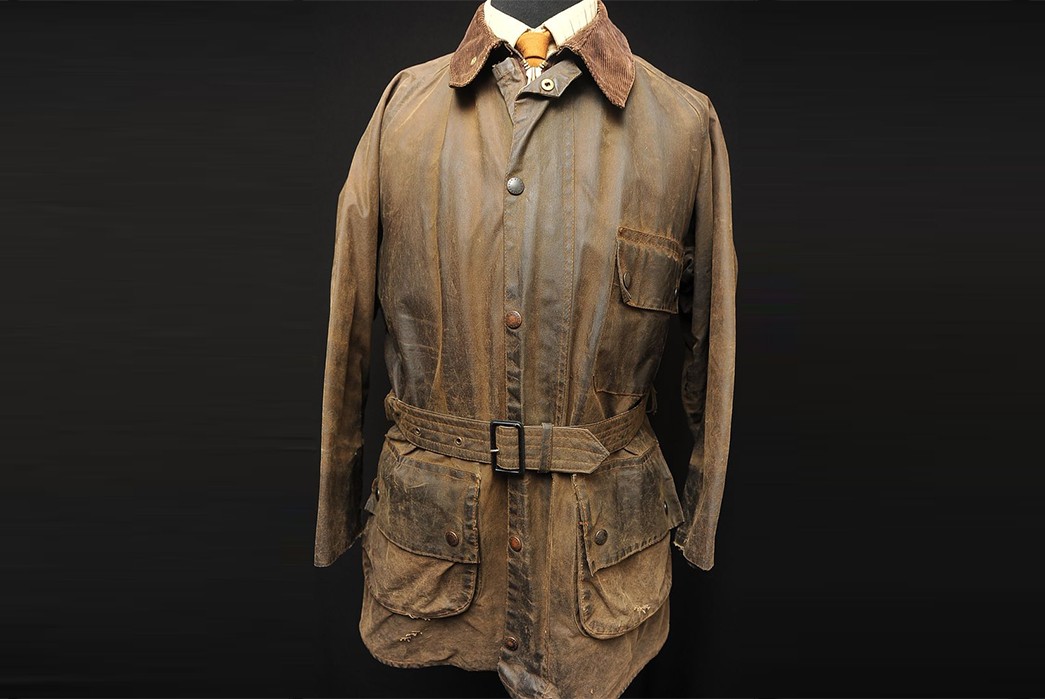
And now the question you’ve all been asking yourselves, “how do these things fade?”
Very well, it seems. Barbour’s success, especially in today’s world of synthetic waterproof fabrics lies in its waxed cotton’s imperfections. Unlike Goretex and other more modern textiles, waxed cotton has a profound depth of character that develops remarkable patinas over time. The wax enhances imperfections in the cotton and then heightens and dramatizes the fades over time.
There are many pretenders in the world of waxed cotton jackets, but if you want something that really lasts and changes over time, then choose Barbour. If it’s good enough for Queen Elizabeth and Steve McQueen, it’s good enough for you.
For more information on Barbour, go to their website.

